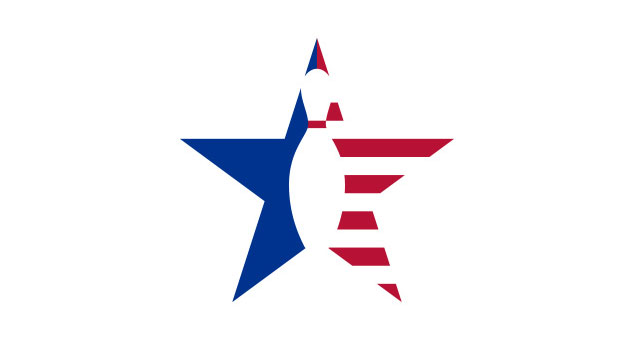USBC projects unprecedented growth of intercollegiate bowling
November 10, 2009

The United States Bowling Congress projects the 2009-10 season to go on record as the largest period of individual growth in intercollegiate bowling history.
So far this season, USBC Collegiate has added 25 new schools to its roster of institutions fielding collegiate bowling teams. Those additions are expected to push USBC Collegiate's total number of certified schools to 175, which would represent a 16.4-percent increase over the 152 schools that participated in 2008-09.
The current growth spurt has been felt across the country, but spikes have been seen in Florida, Ohio, Michigan, Kentucky, Iowa and Wisconsin.
Viterbo University, located in Lacrosse, Wis., is among the schools that are newly-registered this season. Director of Athletics Barry Fried explains what prompted Viterbo's decision to begin fielding bowling teams.
"One of the primary reasons we decided to add intercollegiate bowling was the increasing popularity of the sport," Fried said. "It's one of the fastest-growing sports in the country as 46 of 50 states have club or varsity bowling programs in high school. We felt the addition of bowling might give us a recruiting niche and help increase our enrollment.
Currently, USBC Collegiate has approximately 2,775 registered bowlers in its program. That is nearly 150 more bowlers than it had last season and nearly 300 above its final number from 2007-08.
The current growth pattern can be attributed to many factors, but USBC Collegiate Manager Gary Brown thinks it is largely due to the financial benefits experienced by both schools and bowlers.
"Of the 25 new schools we have added this season, just about half offer at least some form of financial assistance to bowlers," Brown said. "The student-athletes and their parents definitely see that and want to take advantage of it. Collegiate bowling already offered the opportunity to pursue the sport they love and compete for team and individual national titles. Now, it can help them pay for their educations, too.
"For the schools, bowling costs very little in the way of equipment to buy and facilities to use and maintain, and it boosts enrollment by allowing these schools to tap into the huge number of high school bowlers across the country. It's a win-win situation for them. I think that's why we've seen this huge spike this year and why we already have schools expressing interest in starting new teams in 2010 and 2011."
So far this season, USBC Collegiate has added 25 new schools to its roster of institutions fielding collegiate bowling teams. Those additions are expected to push USBC Collegiate's total number of certified schools to 175, which would represent a 16.4-percent increase over the 152 schools that participated in 2008-09.
The current growth spurt has been felt across the country, but spikes have been seen in Florida, Ohio, Michigan, Kentucky, Iowa and Wisconsin.
Viterbo University, located in Lacrosse, Wis., is among the schools that are newly-registered this season. Director of Athletics Barry Fried explains what prompted Viterbo's decision to begin fielding bowling teams.
"One of the primary reasons we decided to add intercollegiate bowling was the increasing popularity of the sport," Fried said. "It's one of the fastest-growing sports in the country as 46 of 50 states have club or varsity bowling programs in high school. We felt the addition of bowling might give us a recruiting niche and help increase our enrollment.
Currently, USBC Collegiate has approximately 2,775 registered bowlers in its program. That is nearly 150 more bowlers than it had last season and nearly 300 above its final number from 2007-08.
The current growth pattern can be attributed to many factors, but USBC Collegiate Manager Gary Brown thinks it is largely due to the financial benefits experienced by both schools and bowlers.
"Of the 25 new schools we have added this season, just about half offer at least some form of financial assistance to bowlers," Brown said. "The student-athletes and their parents definitely see that and want to take advantage of it. Collegiate bowling already offered the opportunity to pursue the sport they love and compete for team and individual national titles. Now, it can help them pay for their educations, too.
"For the schools, bowling costs very little in the way of equipment to buy and facilities to use and maintain, and it boosts enrollment by allowing these schools to tap into the huge number of high school bowlers across the country. It's a win-win situation for them. I think that's why we've seen this huge spike this year and why we already have schools expressing interest in starting new teams in 2010 and 2011."





